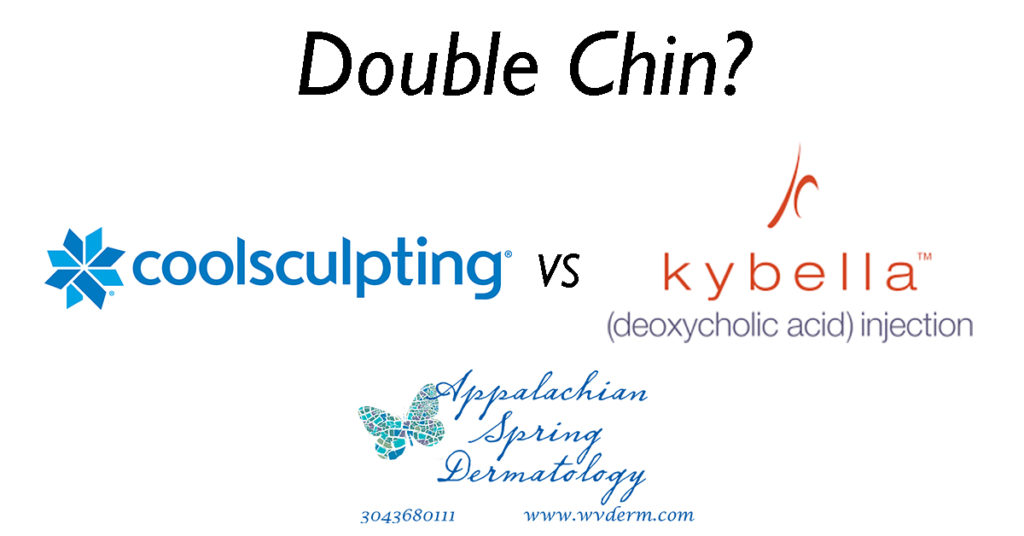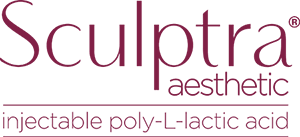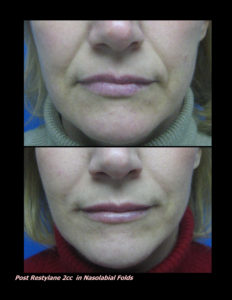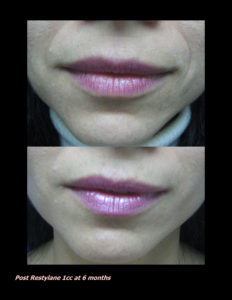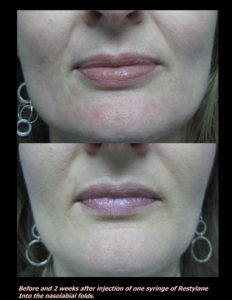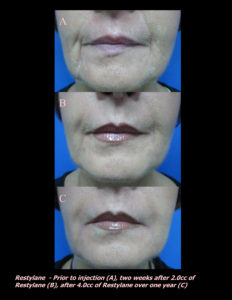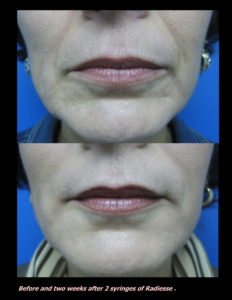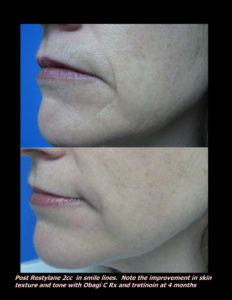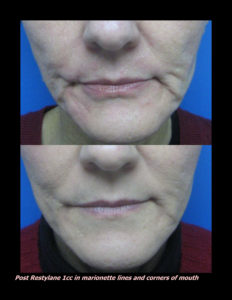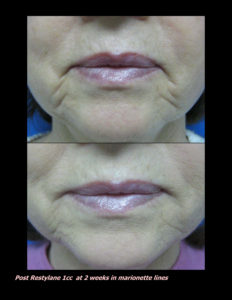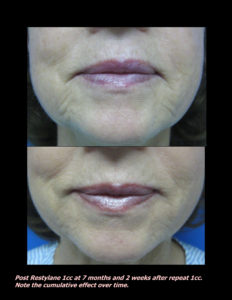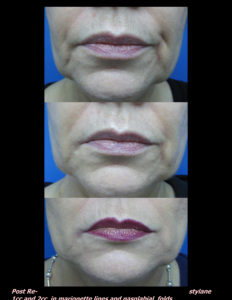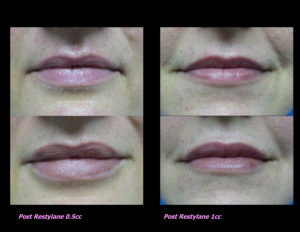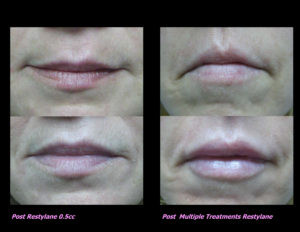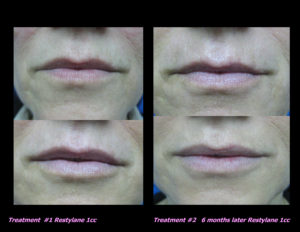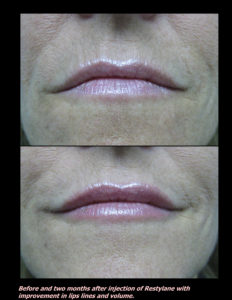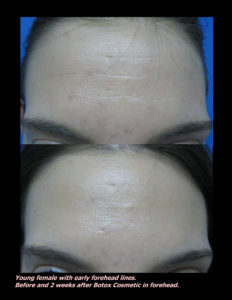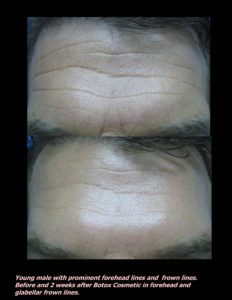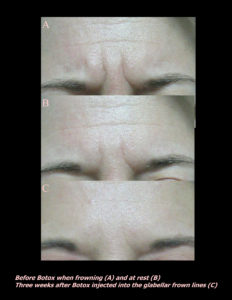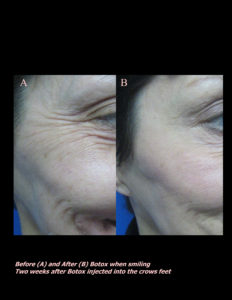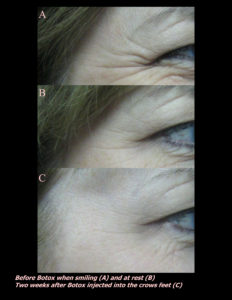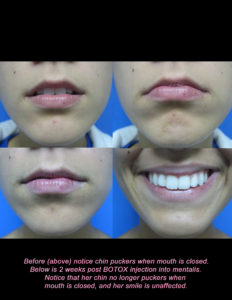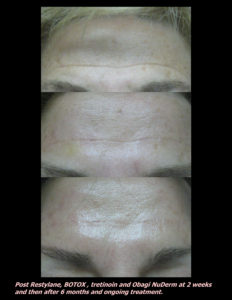Should You Polish Away 2020?
What is Microdermabrasion?
Microdermabrasion is a generic term used for polishing away the surface of the skin, the stratum corneum. This can be accomplished using a device that employs suction and aluminum or magnesium oxide crystals or a “diamond” crystal to polish the skin. A newer type of microdermabrasion is called a Hydrafacial. We will discuss that in a future post. Microdermabrasion can also be accomplished using at-home manual polishes such as the ZO exfoliating polish.
How much change in my skin will there be?
Microdermabrasion was pretty popular still when I started in dermatology around 2002. Dermatologists used it in their offices to help primarily with acne scarring. At that point, it was believed that the microdermabrasion triggered intense collagen growth. An article was then published that looked at a patient’s skin microscopically after a series of microdermabrasion treatments. It showed that there was little to no scientific long-term improvement in the skin with microdermabrasion. The stimulation of collagen and elastin, and other building blocks of the dermis is minimal unless the microdermabrasion is intense to the point of drawing blood. Unfortunately, deeper microdermabrasion has risks, including discoloration and scarring.
Does it hurt?
Generally, microdermabrasion is not painful because it does not penetrate to the deeper layer of the skin, the dermis. Most patients have little to no downtime and can go immediately back to work.
Can microdermabrasion aggravate my skin?
Yes, it can aggravate many skin conditions, including active red acne. All rosacea patients should avoid all but the mildest at -polish because it will aggravate it extensively. It can also trigger herpes, fever blister-like reaction, and definitely should not be done during an active outbreak. Those with darker skin or melasma should also avoid deeper microdermabrasion. Also, retinoids or other acids can cause irritation or excessive response to microdermabrasion.
Most dermatologists no longer perform microdermabrasion in their office as a medical procedure. It is now considered a temporary aesthetic procedure that gives a temporary brighter and polished look to the skin for 1-2 weeks.
For those seeking improvement in collagen and elastin, microneedling is now shown to be much more effective in stimulating these molecules because the needles can penetrate the dermis on the medical microneedling devices. For more details, see our Microneedling page.
So overall, unless your goal is a temporary polish, I would recommend avoiding microdermabrasion as a therapeutic procedure. For those wanting an at-home microdermabrasion type result, I recommend ZO Exfoliating Polish.
If you know someone who may find this article helpful, please share it with them! Follow us on social media this week, and subscribe to our growing YouTube channel! If you would like to receive these posts in your email inbox, Subscribe to our Site.
|


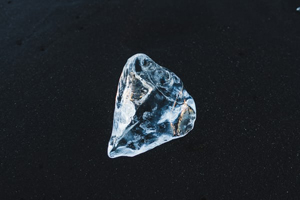


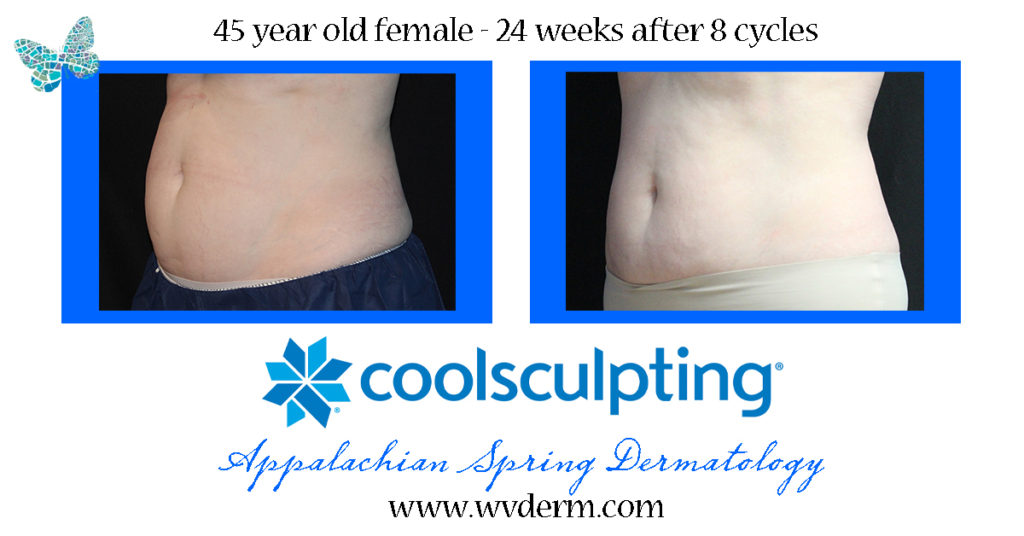
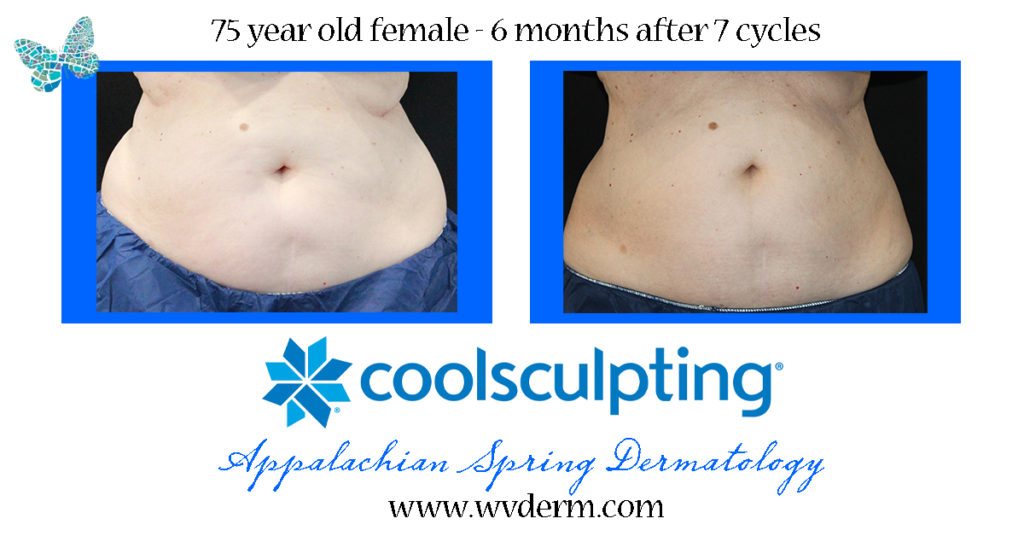

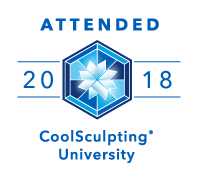
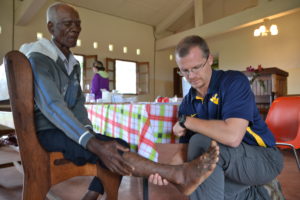


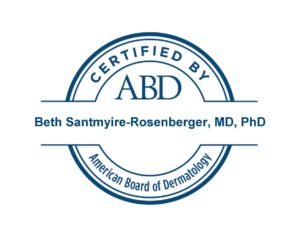

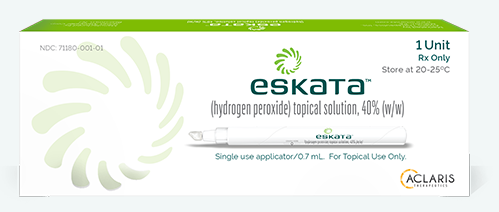

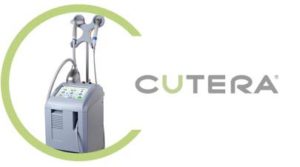 Laser Vein Reduction Treatments
Laser Vein Reduction Treatments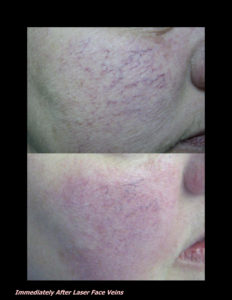
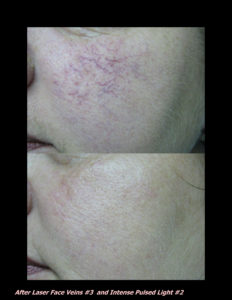
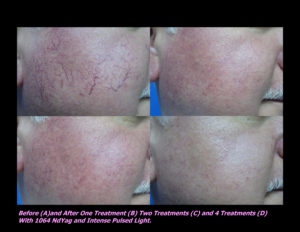
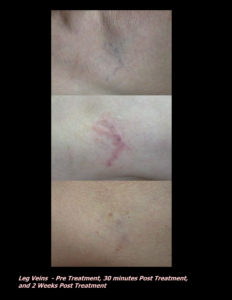
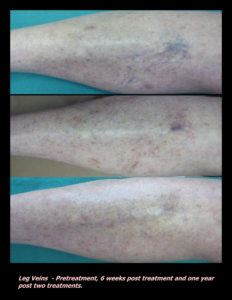
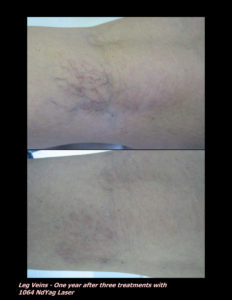
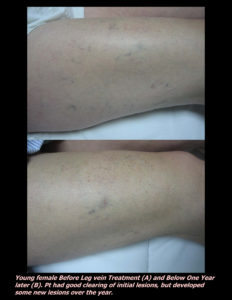
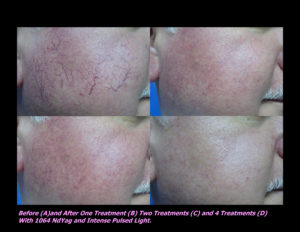
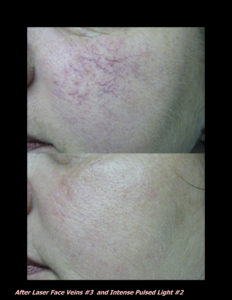
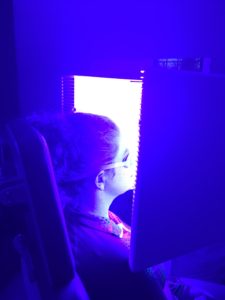
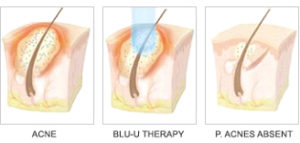
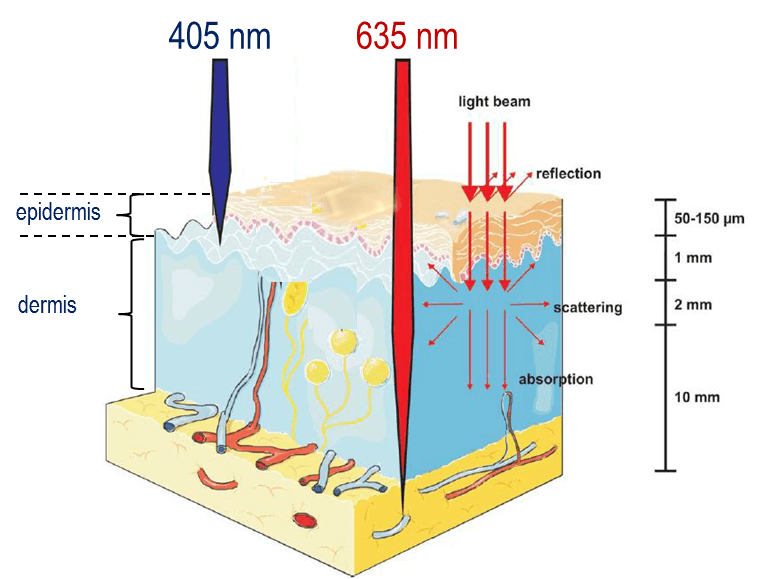
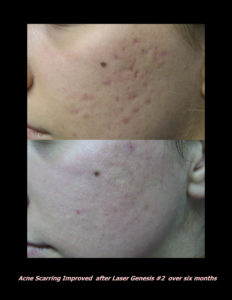
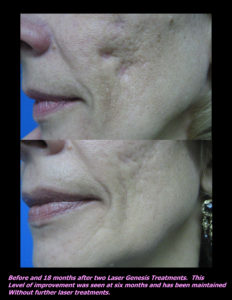


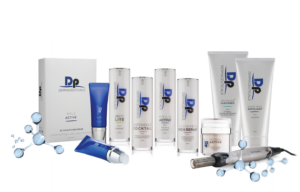 DP Dermaceutical Products
DP Dermaceutical Products